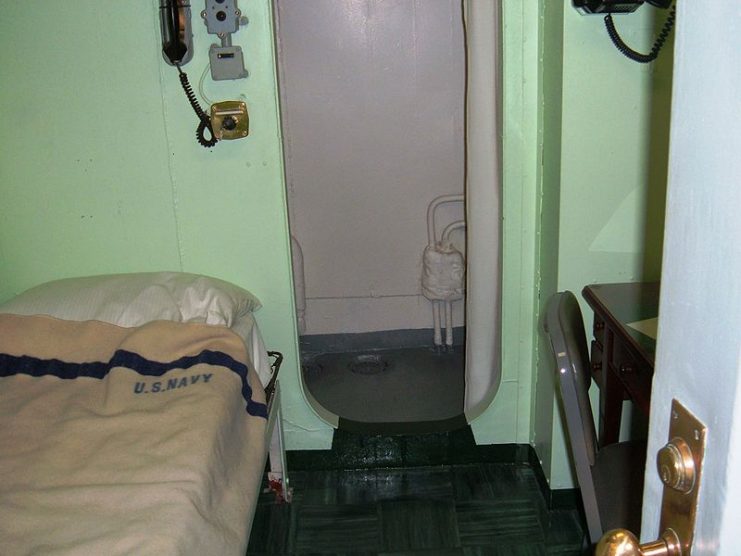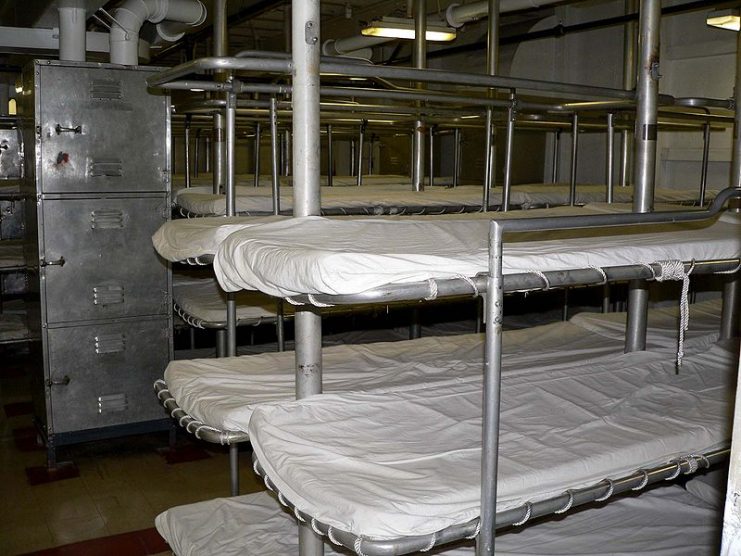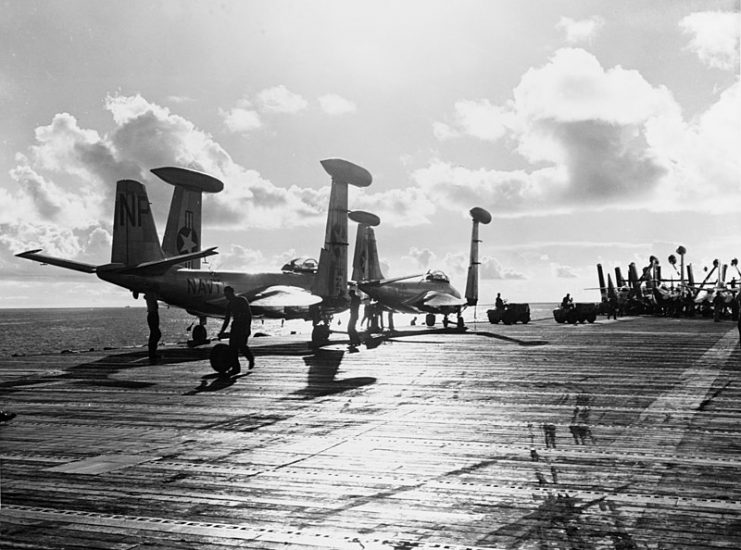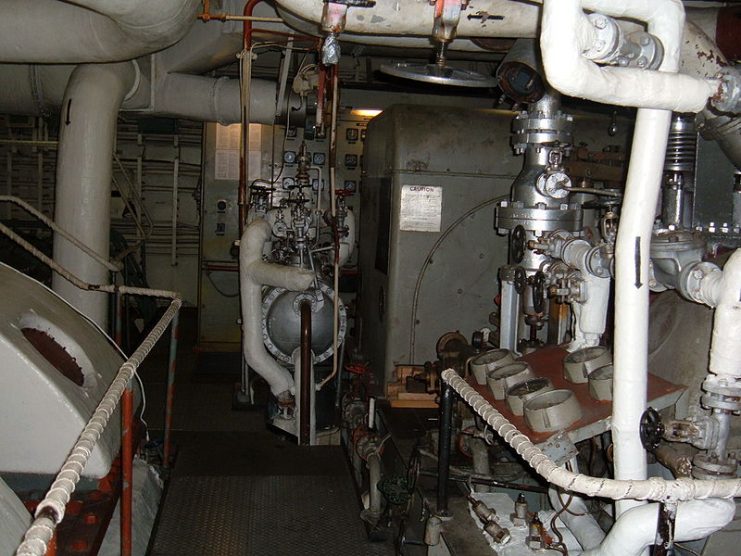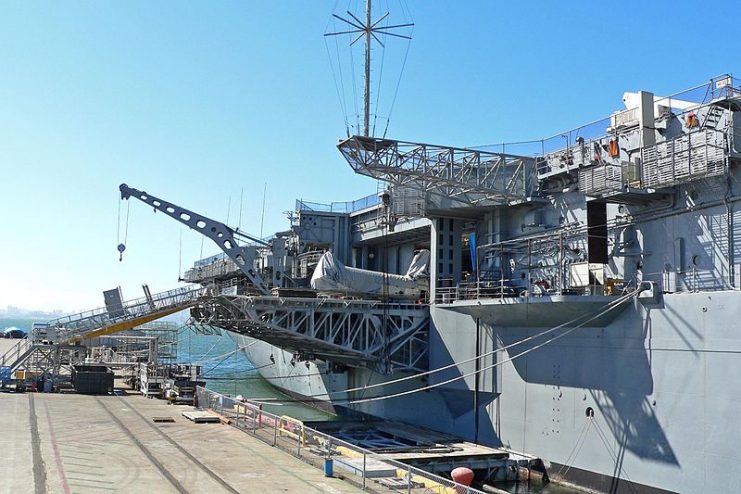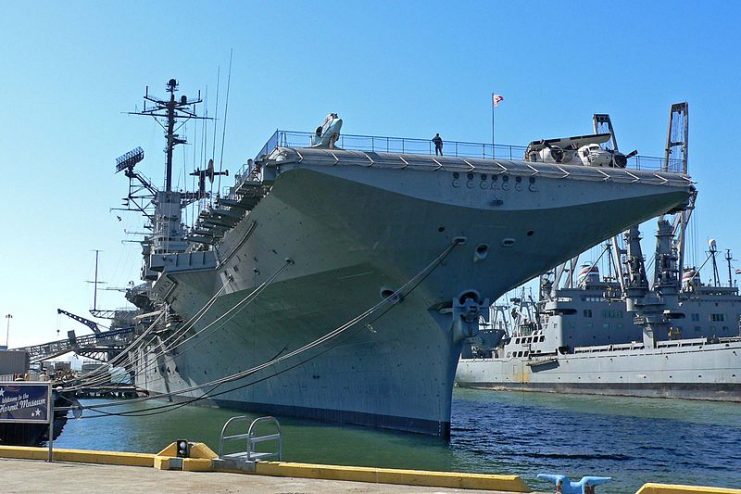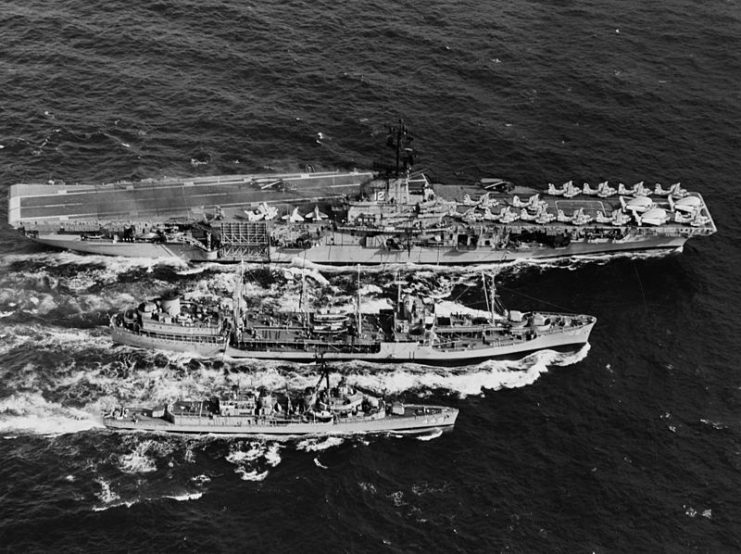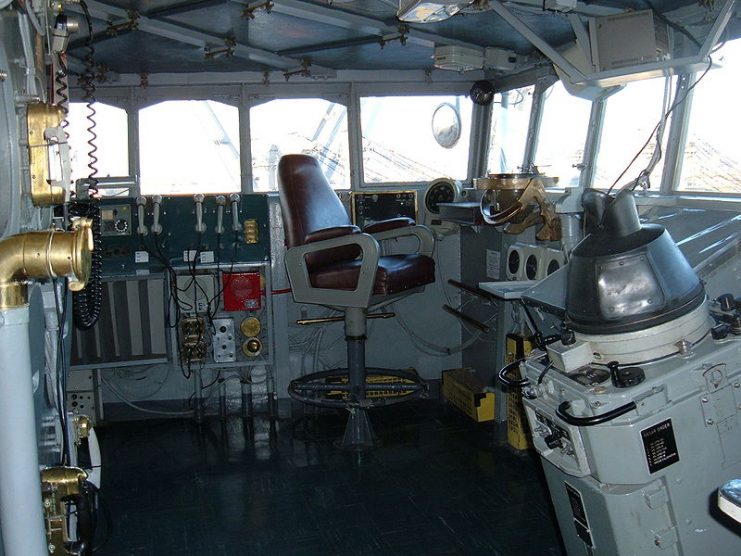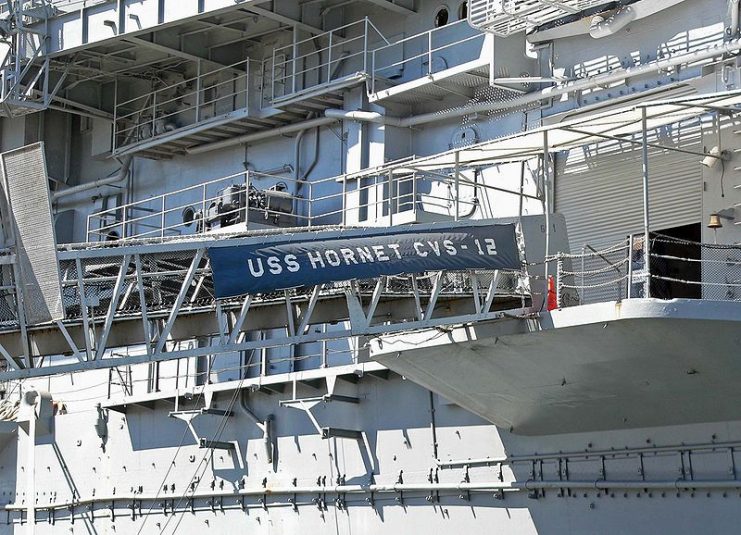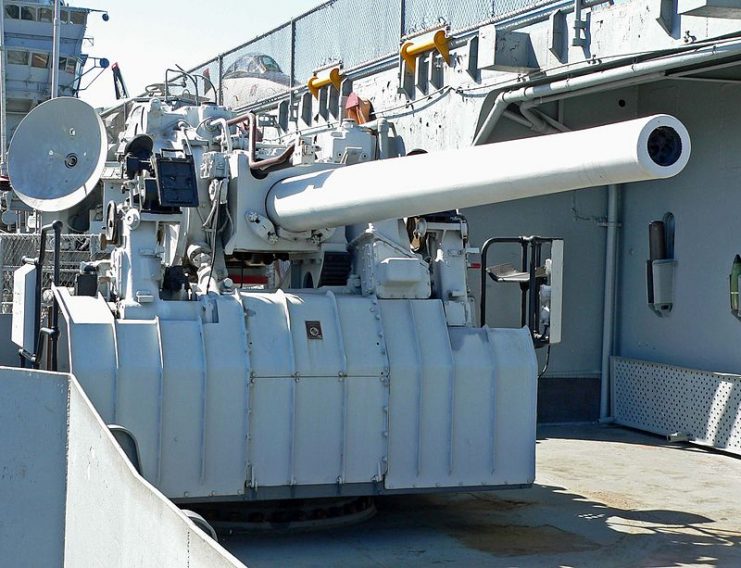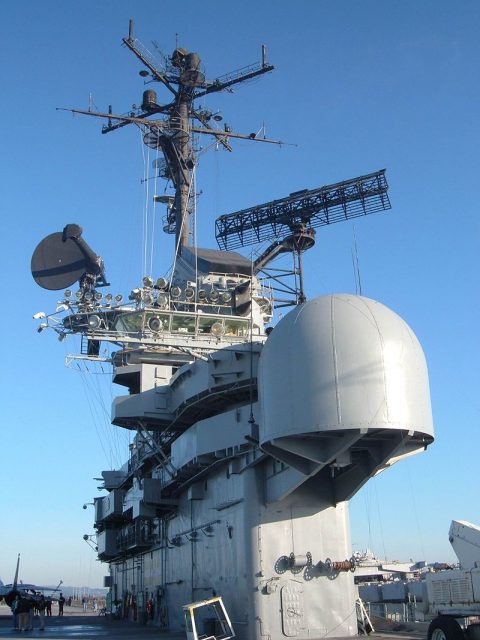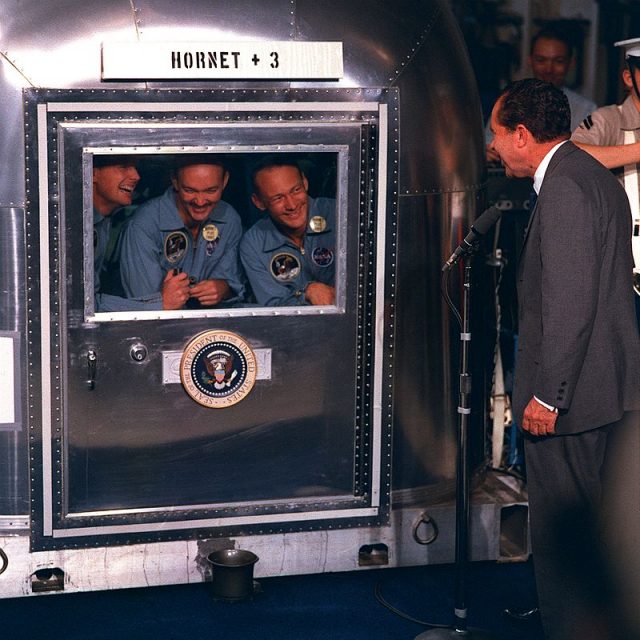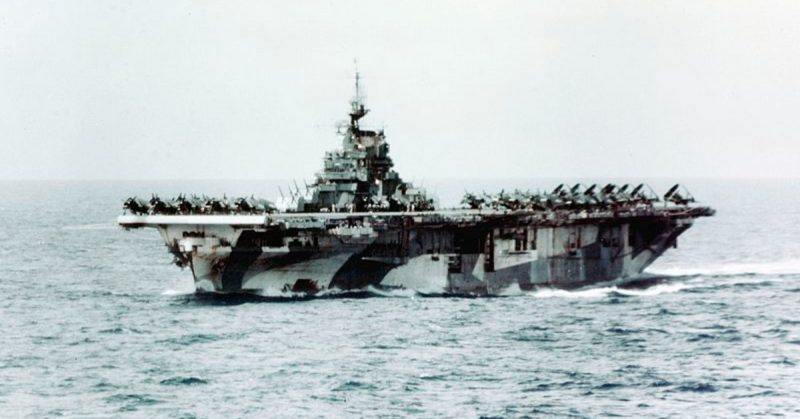At the height of World War II in the Pacific, heavy aircraft carriers played a significant role in the composition of the U.S. Navy. One of the carriers that became famous at the beginning of the war was the USS Hornet (CV-8).
After its destruction in 1942, a new Essex-class aircraft carrier (CV-12) inherited the name Hornet. Both aircraft carriers contributed to the crushing of the Japanese imperial fleet.
On October 20, 1941, the first Hornet (CV-8) joined the U.S. Navy. Initially, the aviation component of Hornet included four squadrons: bomber, fighter, reconnaissance, and torpedo.
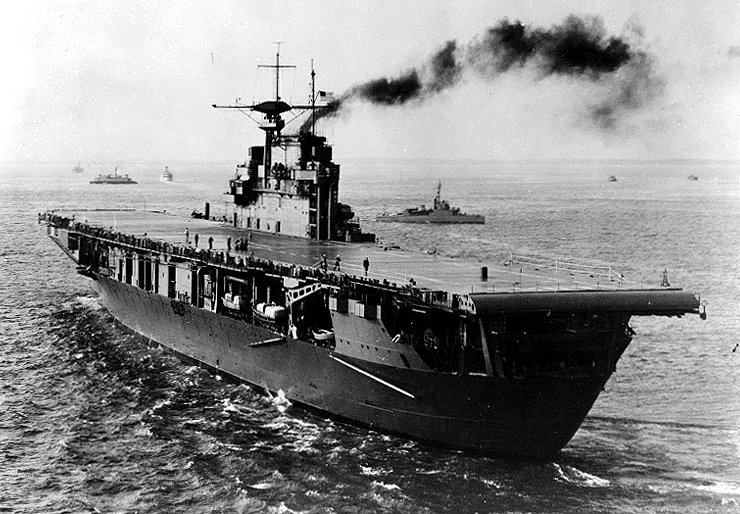
In April 1942, the aircraft carrier had 64 aircraft, consisting of 30 Grumman F4F-Wildcat fighters, 10 TBD-1 torpedo bombers, and 24 Douglas SBD Dauntless (A-24 Banshee) dive bombers.
Before the attack on Tokyo, that number increased to 77 aircraft: 27 Grumman F4F-4 Wildcat fighters, 35 SBD-3 Dauntless dive bombers, and 15 TBD-1 torpedo bombers.
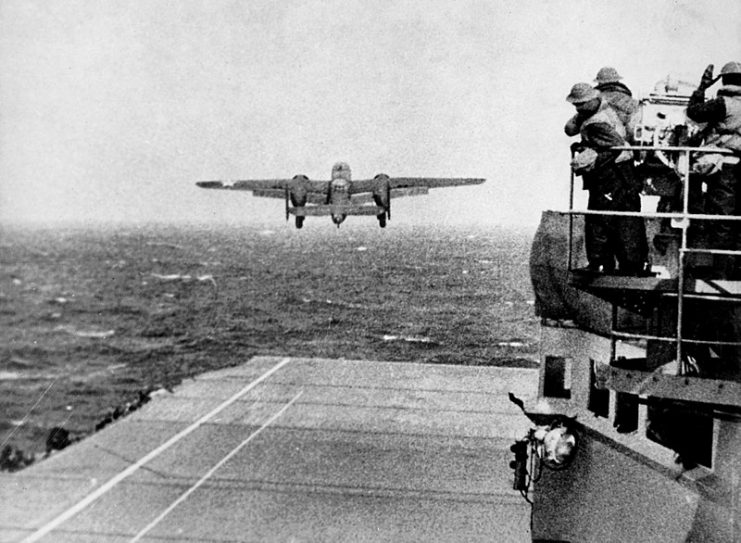
The full displacement of the Hornet was 26,500 tons, and it was 809.5 feet long and 114 feet wide. The thickness of its armor was anywhere from 1-3 inches on the lower decks, and 4 inches on the upper decks.
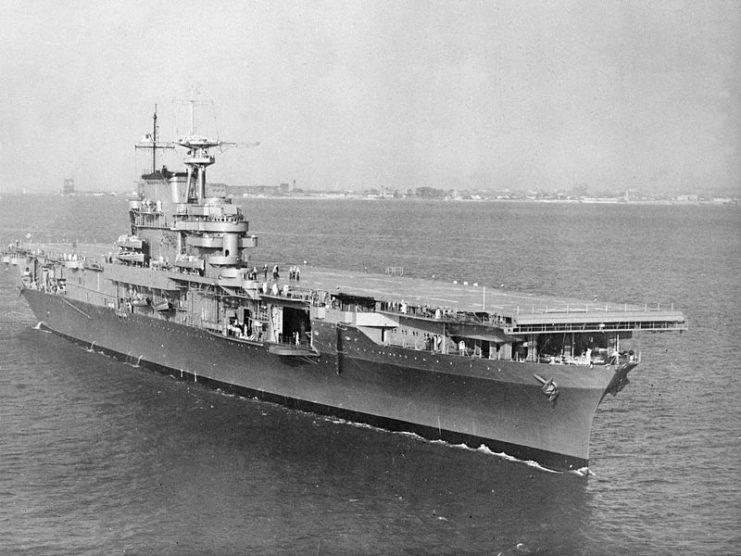
The engine consisted of four Parsons turbines and 9 Babcock & Wilcox boilers, delivering about 120,000 horsepower and resulting in a maximum speed of 32.5 knots. At a speed of 17.3 miles per hour, the Hornet‘s range was about 12,527 nautical miles. A typical crew numbered 2,217 men but reached 2,919 at its maximum.
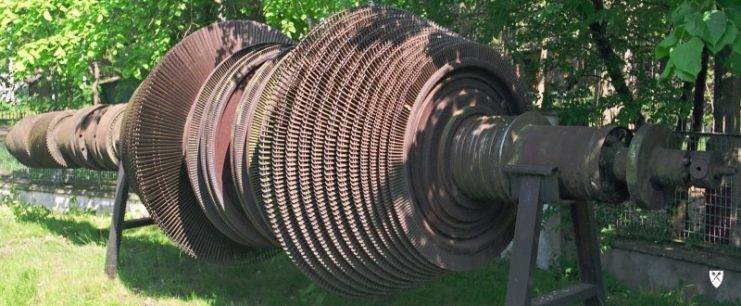
Initially, the armament of the Hornet (CV-8) aircraft carrier included 8 127-mm Mk.12 guns, 16 (4×4) 28-mm Mk 1/1 rifles, and 24 12.7-mm Browning M2 guns. Eventually, 32 20-mm Oerlikon automatic guns replaced the Browning machine guns.
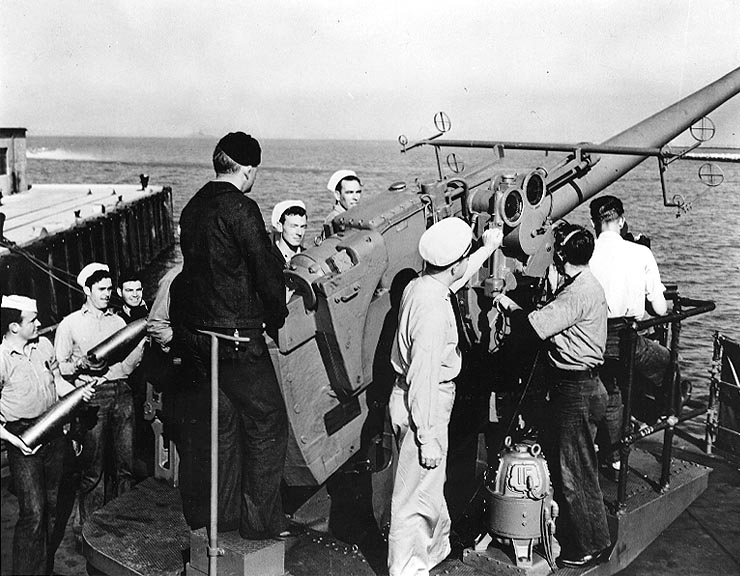
1942 was a very active year for Hornet. In January, after a campaign in the Caribbean Sea, Hornet received twin-engine B-25 bombers on board. In March, Hornet was transferred to the U.S. Pacific Fleet, where its first operation was the “Doolittle Raid” on Tokyo.
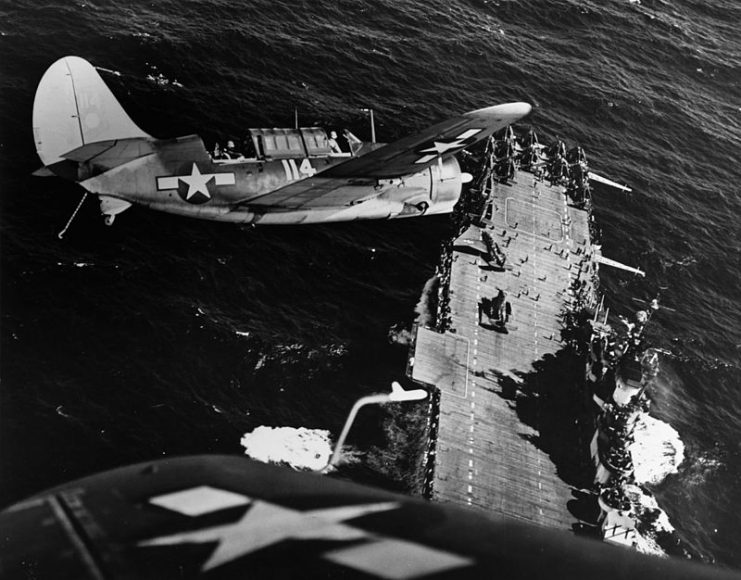
On June 4-6, Hornet participated in the battle at Midway Atoll. On the last day of the battle, Hornet‘s aircraft destroyed the previously damaged cruiser Mikuma and inflicted considerable damage on the cruiser Mogami.
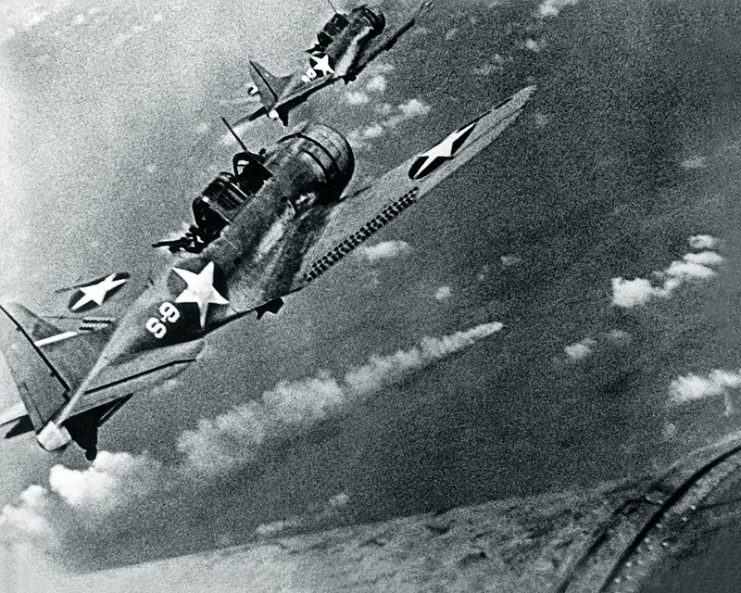
In August, during the assault on Guadalcanal, Hornet carried U.S. Marine Corps fighter aircraft. After that, it joined the aircraft carriers Saratoga and Wasp. Soon, Japanese submarines destroyed Wasp (CV-7) and damaged Saratoga (CV-3), and Hornet remained alone in the combat area.
On October 26, 1942, Hornet took part in a major battle near the islands of Santa Cruz. During the battle, Hornet suffered serious damage. Two attempts to tow the aircraft carrier were interrupted by the Japanese. As a result, the Americans decided to scuttle the Hornet.
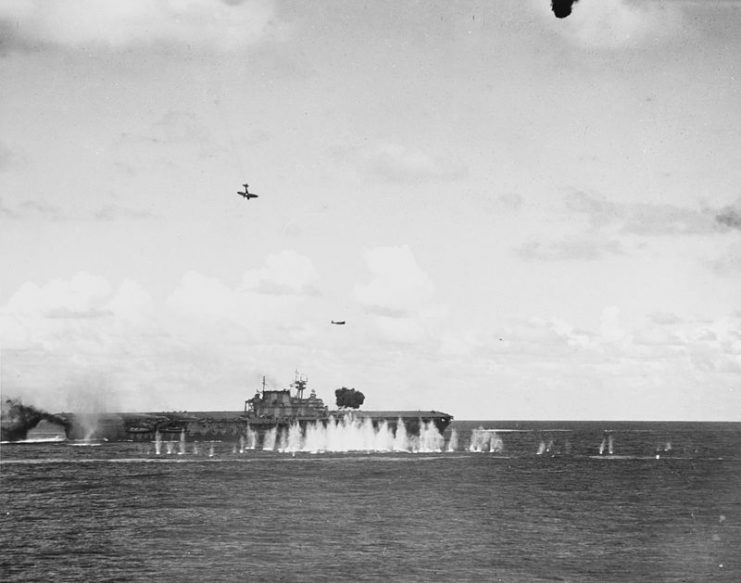
To everyone’s surprise, despite a bombardment from both torpedoes and guns, Hornet continued to stay afloat. Japanese forces then arrived at the scene and drove off the American destroyers.
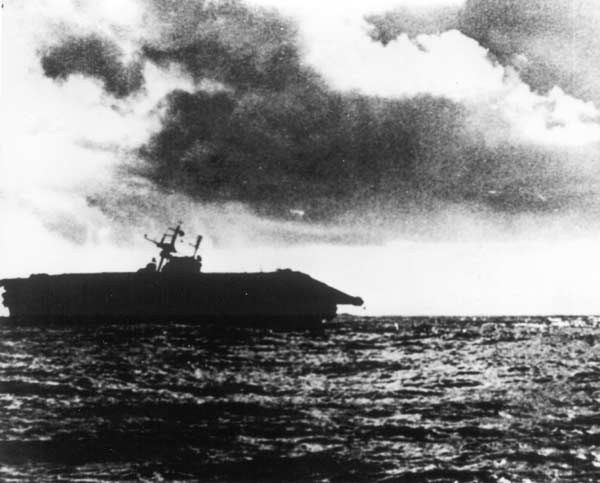
Evaluating the damage, the Japanese decided that towing Hornet would be impossible. On the morning of October 27, the Japanese destroyers Makigumo and Akigumo destroyed the Hornet.
After the original Hornet was destroyed, its name was inherited by another aircraft carrier, originally called Kearsarge. Hornet (CV-12) was first launched on August 30, 1943, and on November 29, 1943, it joined the U.S. Navy.
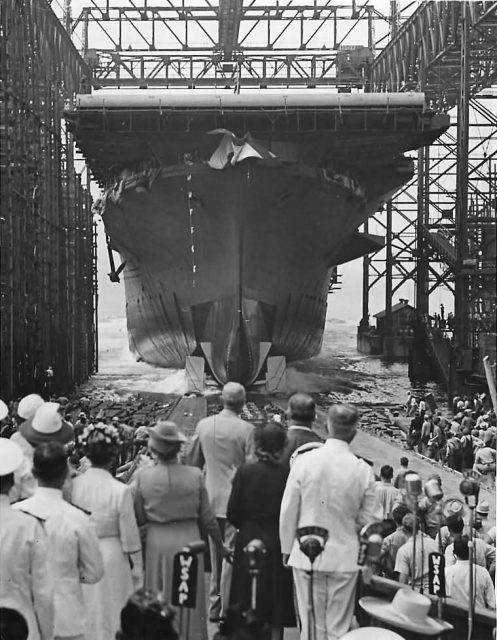
The engines of this Hornet were eight Babcock-Wilcox type water-tube boilers and four Westinghouse type turbines with a total capacity of 150,000 horsepower. The maximum speed was 33 knots.
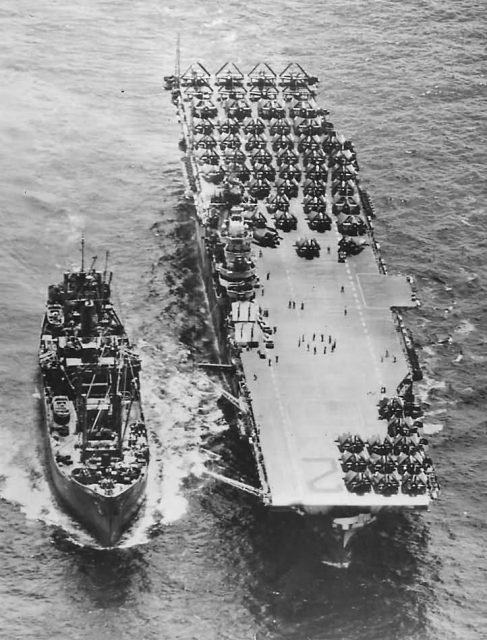
Hornet‘s original armament consisted of 59 Oerlikon 20-mm machine guns, 10 four-barreled 40mm Bofors Mk.2, and 12 127-mm Mk.12 universal guns. The belt of the ship and the traverse bulkheads were four inches thick, and the hangar deck was 2.5 inches thick.
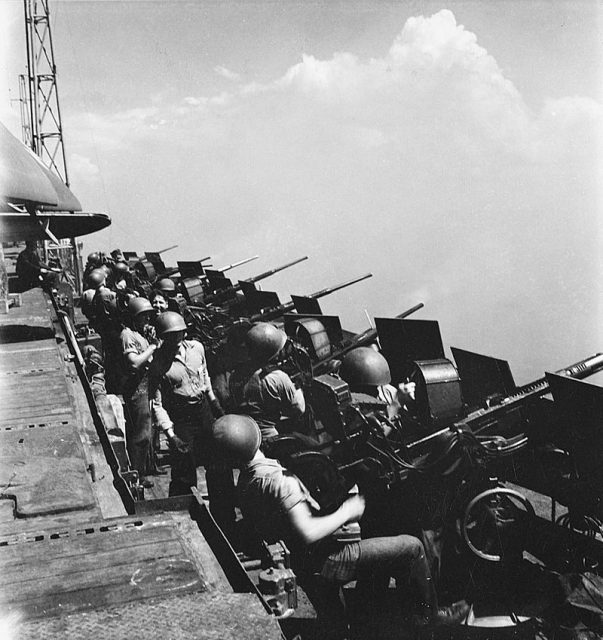
During the war, Hornet‘s air group included up to 103 aircraft, which collectively destroyed 1,410 Japanese aircraft. Ten pilots serving on Hornet were awarded the title of “Ace in a Day,” meaning they shot down five or more enemy aircraft in one day. In addition, 30 out of the Hornet‘s 42 VF-2 Hellcat pilots were recognized as aces.
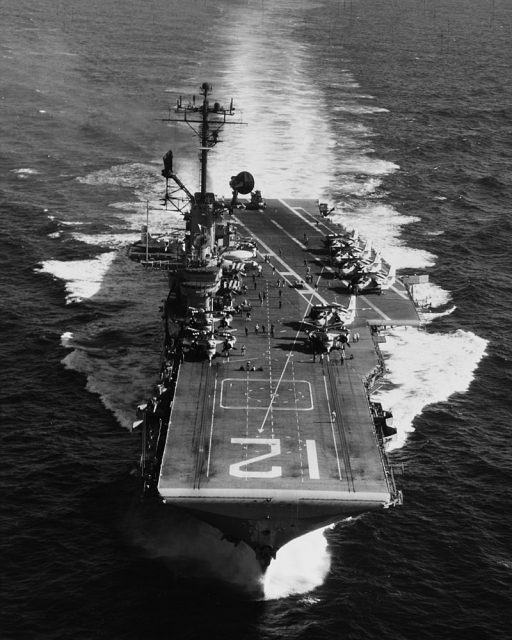
The Hornet took an active part in military operations against Japan in the Pacific theater. It played a decisive role in the destruction of the Japanese battleship Yamato–the flagship of Japan’s Imperial Fleet. After WWII, Hornet took part in “Operation Magic Carpet.”
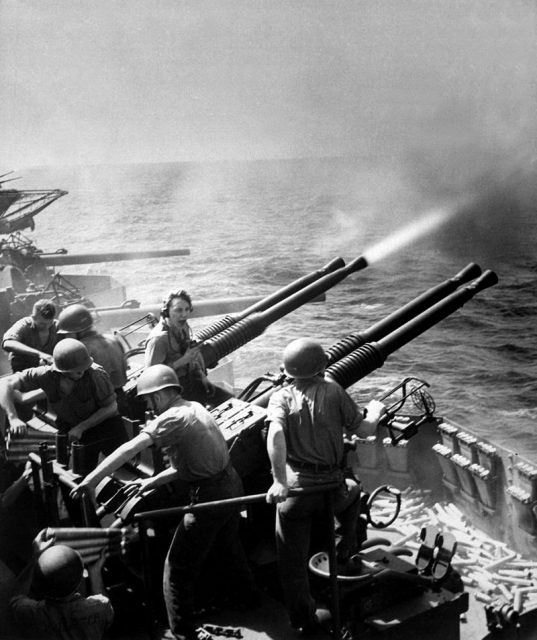
In later years, Hornet was re-equipped twice and changed its qualifications. In 1952-1953, it was redesignated as an attack aircraft carrier (CVA-12). In 1958, the ship was again rearmed and received the CVS prefix, as an anti-submarine warfare support carrier.
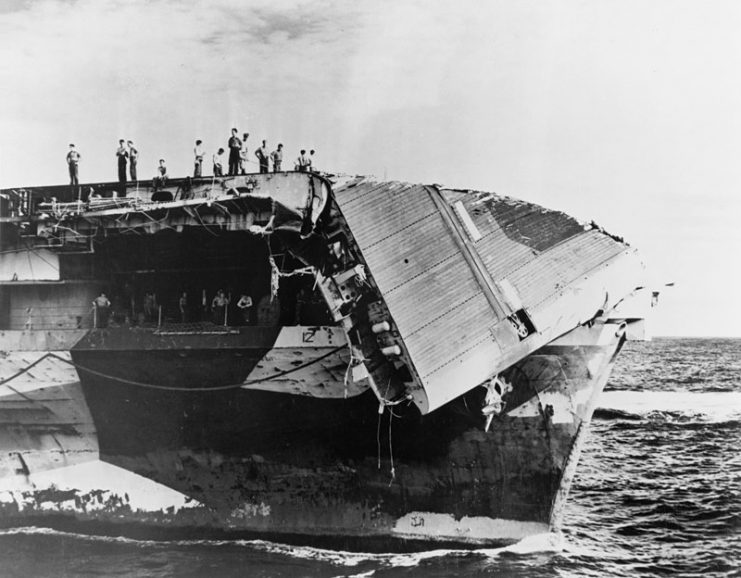
Hornet also took part in the Vietnam War and was engaged in patrolling the coast of Korea. On July 24, 1969, it delivered the crew of the Apollo 11 spacecraft safely home. Later that year, Hornet also recovered the crew of Apollo 12.
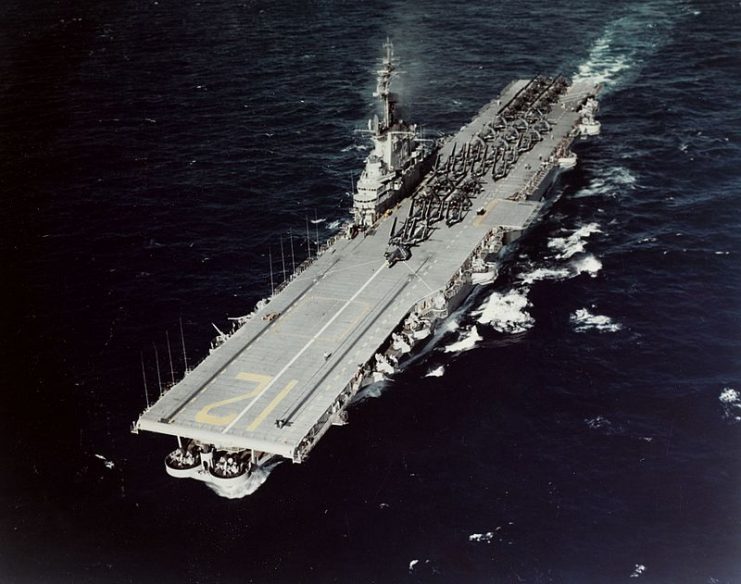
In 1970, Hornet was withdrawn from the U.S. Navy, and was declared a National Historic Monument of the United States and California. Since 1998, it has been located in the port of Alameda, and is open to the public as a floating museum.
